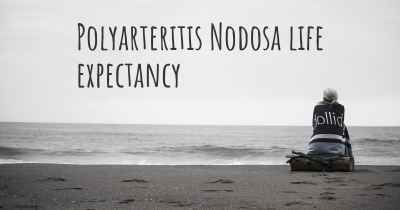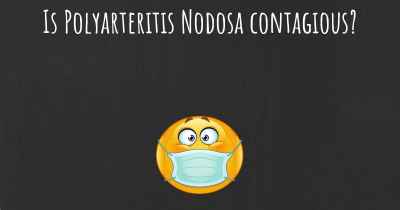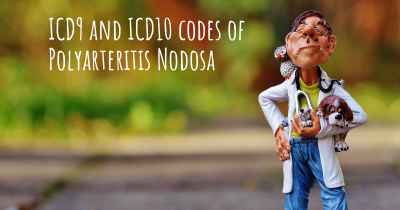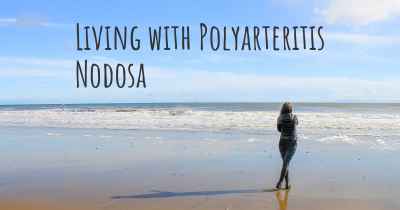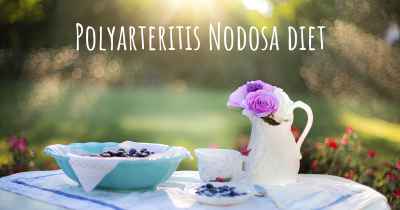What is the prevalence of Polyarteritis Nodosa?
How many people does Polyarteritis Nodosa affect? Does it have the same prevalence in men and women? And in the different countries?
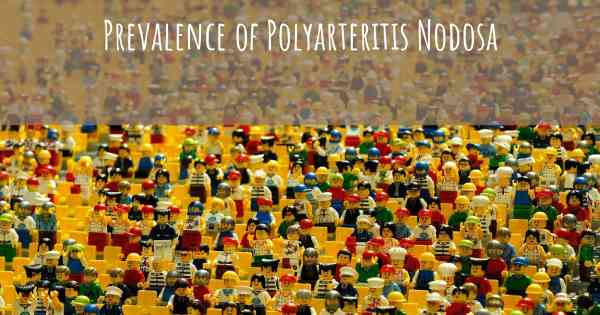
Polyarteritis Nodosa (PAN) is a rare autoimmune disease characterized by inflammation of medium-sized arteries. The prevalence of PAN varies geographically and over time. Although exact figures are challenging to determine, it is estimated that PAN affects approximately 3 to 4 individuals per million population. The disease primarily affects adults, with a slight male predominance. PAN can lead to serious complications if left untreated, emphasizing the importance of early diagnosis and appropriate management.
Polyarteritis Nodosa (PAN) is a rare autoimmune disease characterized by inflammation of medium-sized arteries throughout the body. While the exact prevalence of PAN is challenging to determine due to its rarity and varying diagnostic criteria, it is estimated to affect approximately 3 to 4 individuals per million people worldwide.
PAN primarily affects adults, with the average age of onset being in the 40s or 50s. It is slightly more common in males than females. The disease can occur in any ethnic group, but certain populations, such as those of Asian or African descent, may have a slightly higher incidence.
The symptoms of PAN can vary widely depending on the organs affected by the arterial inflammation. Common manifestations include fever, weight loss, fatigue, muscle and joint pain, skin rashes, abdominal pain, and nerve abnormalities. If left untreated, PAN can lead to serious complications and organ damage.
Diagnosing PAN involves a combination of clinical evaluation, imaging studies, and biopsy of affected tissues. Early detection is crucial for initiating appropriate treatment to control inflammation and prevent further damage.
Treatment for PAN typically involves a combination of immunosuppressive medications to reduce inflammation and manage symptoms. With early and appropriate treatment, the prognosis for PAN has significantly improved over the years, although long-term follow-up is necessary to monitor for relapses or complications.
It's is a rare disease with an in dean emeritus of about 3 a 4.5 cases per 100,000 people annually in the USA
Posted Mar 31, 2018 by Verna 3000
